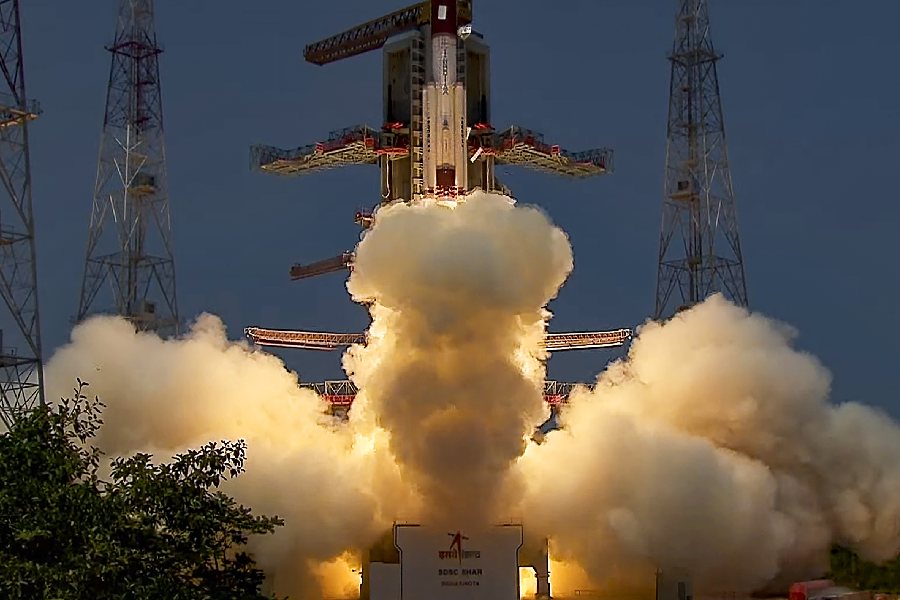Aditya L1 launch successful as satellite separates from PSLV
Ten days after the historic landing of Chandrayaan-3 on the lunar surface, the Indian Space Research Organisation (ISRO) successfully launched launched atop the PSLV (Polar Satellite Launch Vehicle) rocket on its first solar mission, Aditya-L1, from the Satish Dhawan Space Centre in Sriharikota at 11.50 am on September 2.
Aditya L1 is on its four-month-long journey to Lagrange Point 1, nearly 15 lakh kilometers away from Earth, towards the Sun.
Prime Minister Narendra Modi congratulated ISRO and said, “After the success of Chandrayaan-3, India continues its space journey. Congratulations to our scientists and engineers at Isro for the successful launch of India’s first Solar Mission, Aditya -L1. Our tireless scientific efforts will continue in order to develop better understanding of the Universe for the welfare of entire humanity.”
The Aditya L1 mission will carry seven payloads to orbit to observe the photosphere, chromosphere and outermost layers of the Sun’s atmosphere (corona) using electromagnetic, particle and magnetic field detectors.
But why must we study the sun? Well, disturbances in the form of solar flares, Coronal Mass Ejection, or solar winds directed towards Earth, can adversely impact space weather; and studying the Sun is, therefore, of paramount importance.
